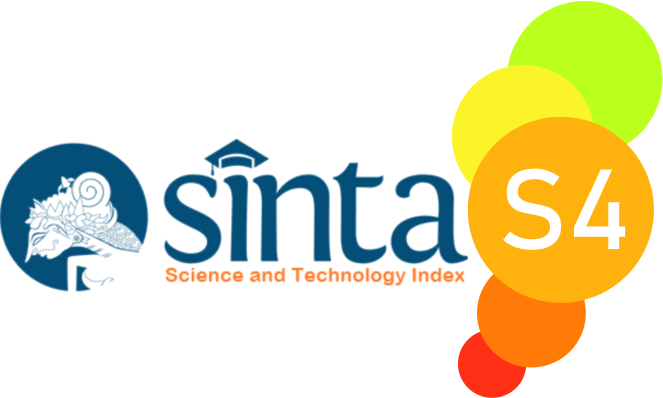ALI IMRON’S RELIGIOUS LANGUAGE COMPREHENSION ON HIS LIFE STORY: SCHEMAS AND SCRIPTS
Abstract
This study discuss on Ali Imron’s religious language comprehension on his life story. It proposes a problem of question about the schemas and scripts on his religious language understanding and interpreting. The method which applied on this study is the qualitative method, so, the narrative approach is elected as it approach. In addition, the result of this study propose some significant discussion such as in the schema aspect, there are semantical problem especially in the comprehend of the word jihad, muhajir, and syahid. The second is understanding the setting. Ali Imron’s limited knowledge makes him difficult in comprehend of the social situation which lead him to the battlefield in Afghanistan. The third is his mood. The mood is significant in constructed of his view to the real situation and to the language comprehension. The fourth is the chain of events. This part is the accumulation of his understanding on religious language, setting, and mood which incorporate with his real life situation. And it would be able to strengthen to his belief to be a martyr. Likewise, the script aspect which demonstrate on this part is the conceptual dependency where the manifestation of an incorporation aspect of our knowledge of the world in his conceptual version of our understanding of sentence which would not be possible if his analysis operated with only the syntactic and lexical elements in the sentence. In the end, this study concludes that the backgruond knowledge can lead to errors in understanding language and it appears to Ali Imron’s case in interpreting the word of jihad and its comprehend in conceptual meaning.

Journey: Journal of English Language and Pedagogy by http://ejurnal.budiutomomalang.ac.id/index.php/journey/index is licensed under a Creative Commons Attribution-ShareAlike 4.0 International License.






